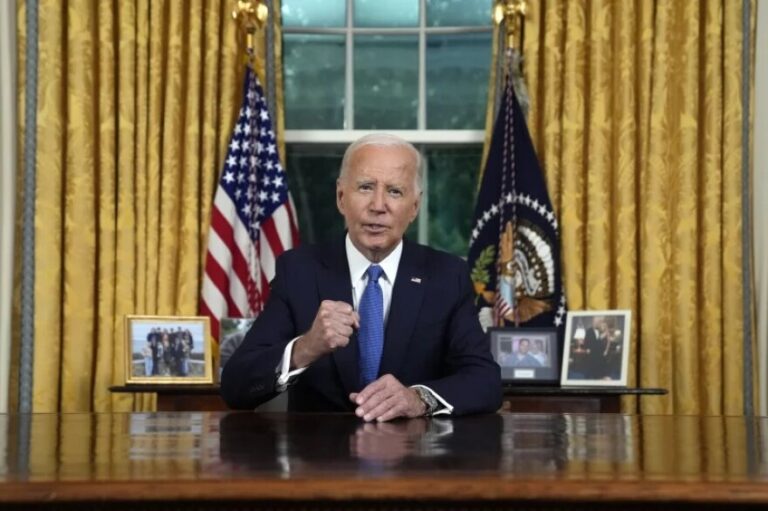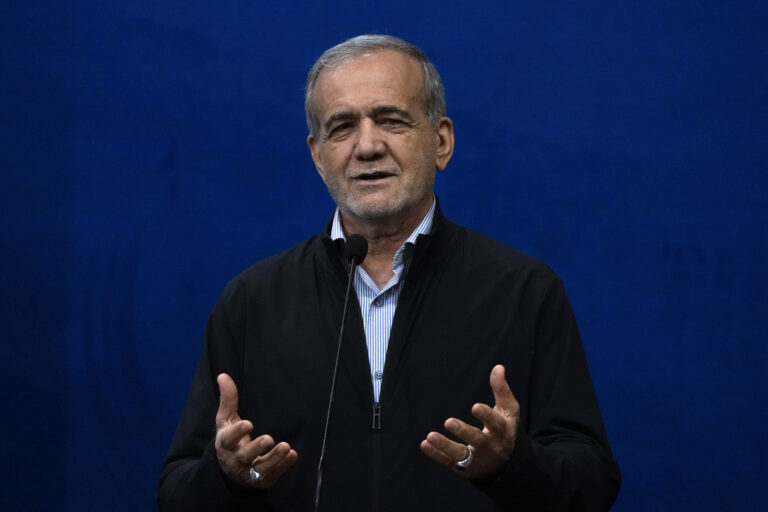 A fourth straight month of solid hiring cut the U.S. unemployment rate in November to a five-year low of 7 percent. The surprisingly robust job gain suggested that the economy may have begun to accelerate.
A fourth straight month of solid hiring cut the U.S. unemployment rate in November to a five-year low of 7 percent. The surprisingly robust job gain suggested that the economy may have begun to accelerate.
It also fueled speculation that the Federal Reserve will scale back its economic stimulus when it meets later this month.
Employers added 203,000 jobs last month after adding 200,000 in October, the Labor Department said Friday. November’s job gain helped lower the unemployment rate from 7.3 percent in October.
The economy has now generated a four-month average of 204,000 jobs from August through November. That’s up from 159,000 a month from April through July.
Evidence of a stronger job market cheered stock investors, who sent the Standard & Poor’s 500 and Dow Jones industrial average futures up 1 percent before stock markets opened.
An especially encouraging sign was that much of November’s job growth was in higher-paying industries. Manufacturers added 27,000 jobs, the most since March 2012. Construction companies added 17,000. The two industries have created a combined 113,000 jobs in the past four months.
Friday’s report follows other positive news. The economy expanded at an annual rate of 3.6 percent in the July-September quarter, the fastest growth since early 2012, though nearly half that gain came from businesses rebuilding stockpiles. Consumer spending grew at the slowest pace since late 2009.
Greater hiring could support healthier spending. Job growth has a dominant influence over much of the economy. If hiring continues at its current pace, a virtuous cycle will start to build: More jobs typically lead to higher wages, more spending and faster growth.
But more higher-paying jobs are also needed to sustain the economy’s momentum. Roughly half the jobs that were added in the six months through October were in four low-wage industries: retail; hotels, restaurants and entertainment; temp jobs; and home health care workers.
The Fed has pegged its stimulus efforts to consistent improvement in the job market. Chairman Ben Bernanke has said the Fed will ease its monthly purchases of $85 billion in bonds once hiring has improved consistently.
The recent economic upturn has been surprising. Many economists expected the government shutdown in October to hobble growth. Yet the economy motored along without much interruption, according to several government and industry reports.
Early reports on holiday shopping have been disappointing. The National Retail Federation said sales during the Thanksgiving weekend — probably the most important stretch for retailers — fell for the first time since the group began keeping track in 2006.
Consumers are willing to spend on big-ticket items. Autos sold in November at their best pace in seven years, according to Autodata Corp. New-home sales in October bounced back from a summer downturn.
(AP)











2 Responses
i dont know how we can trust data anymore, after finding out last years number was inflated
Just where are these jobs? People are STILL unemployed all over the place.
How many more people stopped looking for work and are no longer on the employment roles? So far NINETY PLUS MILLION PEOPLE ARE UNEMPLOYED OR AT BEST UNDER EMPLOYED.
THESE NUMBERS ARE A LIE! !!!